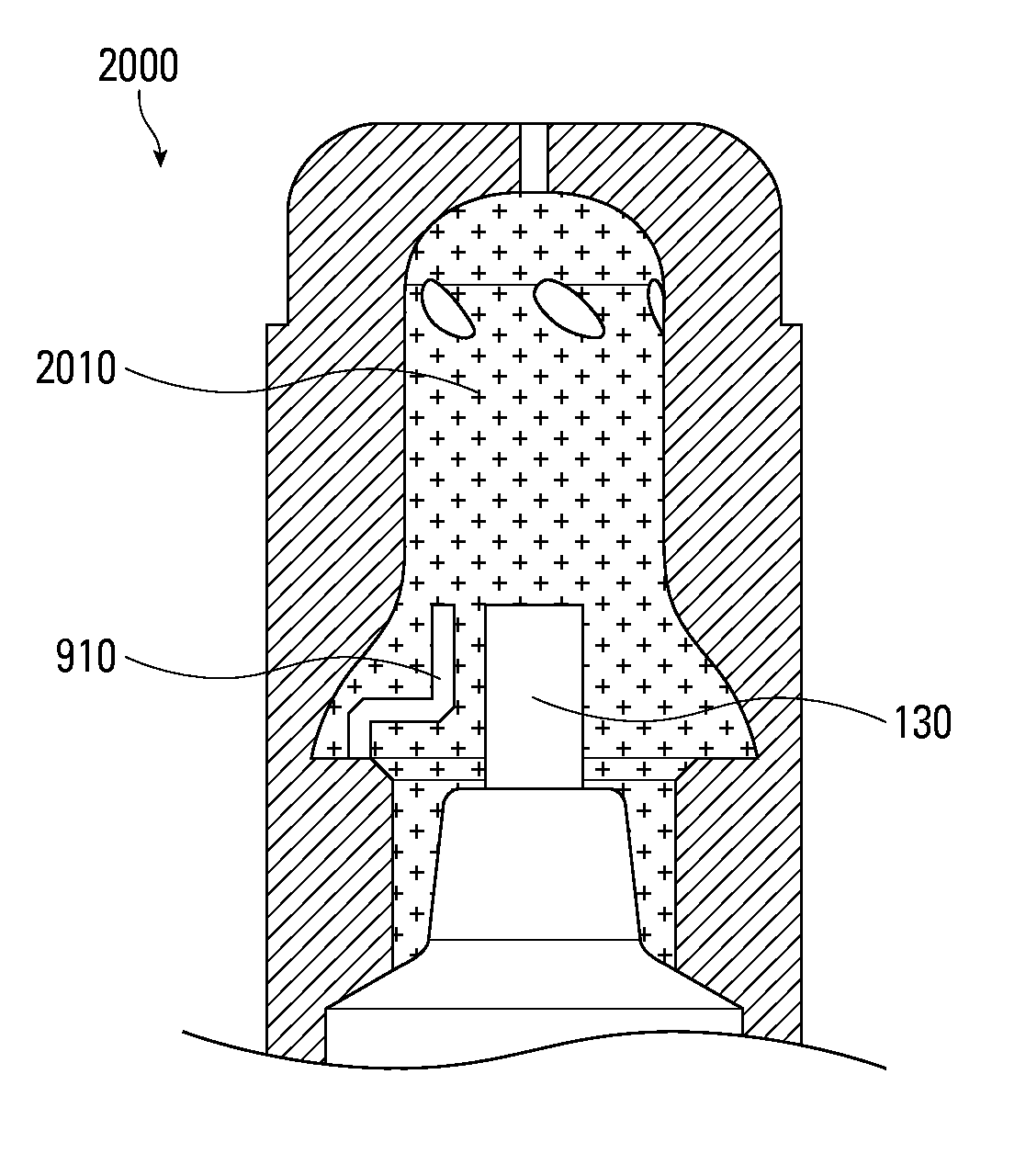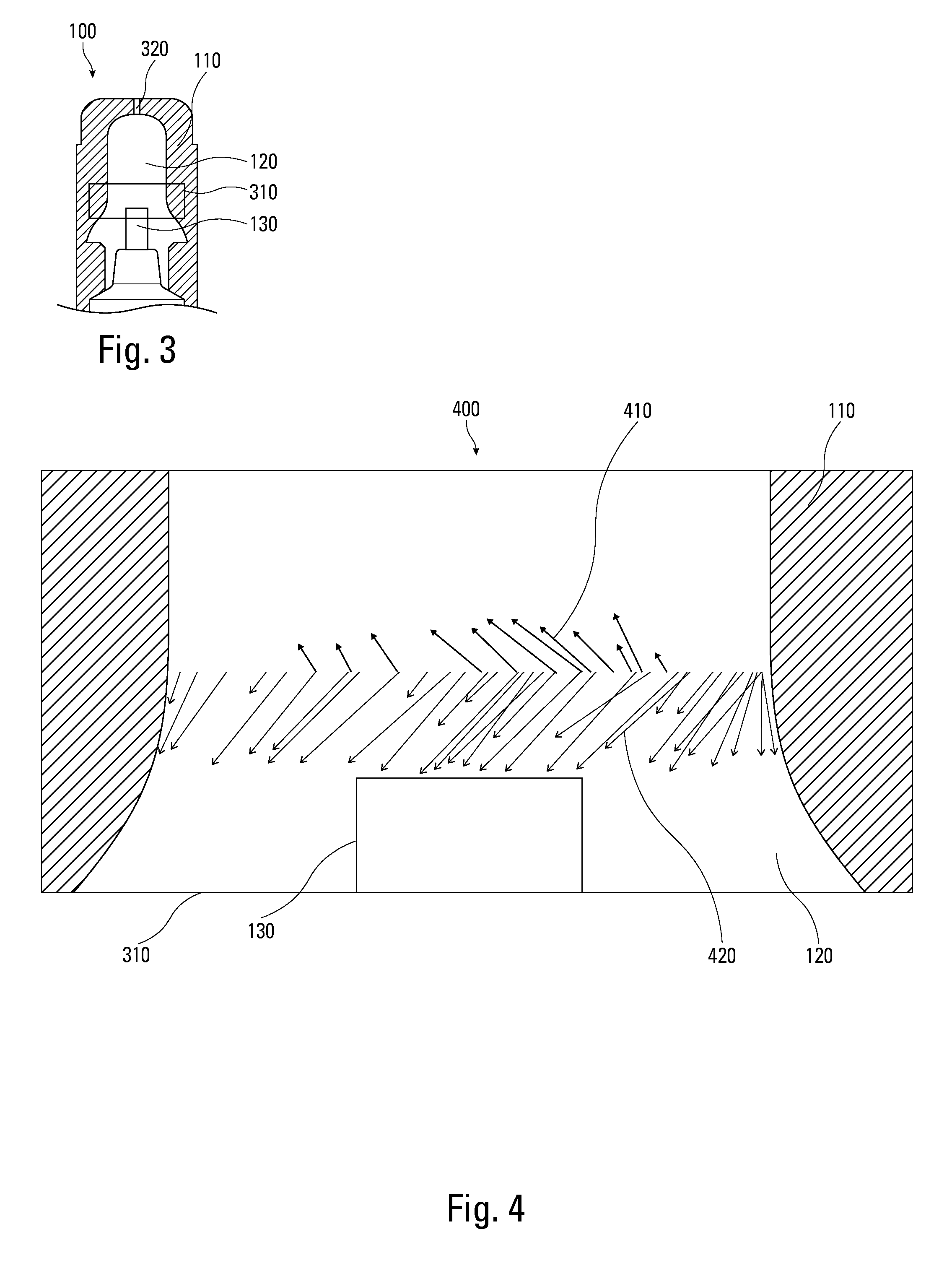Method and apparatus for achieving high power flame jets while reducing quenching and autoignition in prechamber spark plugs for gas engines
a gas engine and prechamber technology, applied in the direction of spark plugs, mechanical equipment, machines/engines, etc., can solve the problems of increased propensity to flame quenching, poor combustion performance of the fuel-air mixture in the main combustion chamber of the gas engine, and conventional prechamber spark plugs that do not adequately concentrate fuel, so as to increase the ignition delay and increase the ignition delay
- Summary
- Abstract
- Description
- Claims
- Application Information
AI Technical Summary
Benefits of technology
Problems solved by technology
Method used
Image
Examples
Embodiment Construction
[0032]In certain embodiments, a prechamber spark plug is structured to provide controllable ignition delay or start of combustion, with reduced flame quenching and autoignition and with coincident high power flame jets and fast combustion of fuel-air mixtures in the main combustion chamber as compared to conventional prechamber spark plugs.
[0033]In certain embodiments, a pre-combustion chamber may be capable of generating high momentum flame jets, emerging from the pre-combustion chamber, while maintaining a large safety margin on the occurrence of misfire and pre-ignition (e.g., autoignition of the mixture occurring prior to a spark event).
[0034]In certain embodiments, a prechamber spark plug is disclosed having a prechamber geometry aspect ratio and hole pattern that can be varied in pre-determined relation to spark gap geometry to achieve particular combustion performance characteristics.
[0035]Certain embodiments provide a method of pre-determining prechamber geometry aspect rati...
PUM
 Login to View More
Login to View More Abstract
Description
Claims
Application Information
 Login to View More
Login to View More - R&D
- Intellectual Property
- Life Sciences
- Materials
- Tech Scout
- Unparalleled Data Quality
- Higher Quality Content
- 60% Fewer Hallucinations
Browse by: Latest US Patents, China's latest patents, Technical Efficacy Thesaurus, Application Domain, Technology Topic, Popular Technical Reports.
© 2025 PatSnap. All rights reserved.Legal|Privacy policy|Modern Slavery Act Transparency Statement|Sitemap|About US| Contact US: help@patsnap.com



